detail profile uri zohar

Riwayat Hidup
Uri Zohar was a prominent Israeli film director, actor, and comedian who later became an Orthodox rabbi.
Born in Tel Aviv, he began his career in the entertainment industry in the 1950s, gaining fame for his work in Israeli cinema and television.
Zohar directed and starred in several influential films, including Hole in the Moon (1964), Three Days and a Child (1967), and Big Eyes (1974).
His films often explored social issues and the complexities of Israeli society.
In the late 1970s, Zohar experienced a significant personal transformation, embracing Orthodox Judaism and leaving the entertainment industry to become a rabbi.
He dedicated the latter part of his life to religious study and community work, becoming a prominent figure in the Orthodox Jewish community.
Zohar passed away in Jerusalem at the age of 86.
Info Pribadi
Peran Yang Di Mainkan Uri Zohar
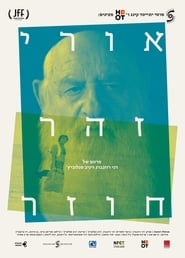 Documentary following Uri Zohar on the...
Documentary following Uri Zohar on the...Uri Zohar: The Return 2018
Documentary following Uri Zohar on the set of a short film he's directing, years after leaving the cinematic world for the religious world.
 Professional bigdude Paul Smith in an...
Professional bigdude Paul Smith in an...They Call Me Shmil 1973
Professional big-dude Paul Smith in an Israeli-produced action-comedy that looks to take inspiration from the Hill/Spencer comedies.
 Bumbling private detective Schwartz and his...
Bumbling private detective Schwartz and his...Schwartz: The Brave Detective 1973
Bumbling private detective Schwartz and his equally inept part Simcha are hired by a man to find out if the man's wife is cheating on him with the family doctor. The blundering duo run afoul of mobsters and experience other mishaps during their investigation.
 A musical semidocumentary motion picture considering...
A musical semidocumentary motion picture considering...The Snail 1970
A musical, semi-documentary motion picture considering the making of "Shablul", a rock album by Arik Einstein and Shalom Hanoch. The film demonstrates fragments of being, a few funny sketches and musical numbers, much affected by The Beatles' flicks. "Shablul" reminds its viewers the taste of 60s, showing them the Israeli pop/rock scene of these jolly years.
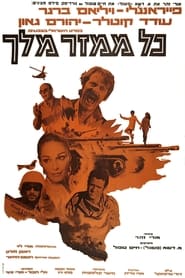 An American reporter and his girlfriend...
An American reporter and his girlfriend...Every Bastard a King 1968
An American reporter and his girl-friend are visiting Israel to get a "sense of the people", in the process he meets many Israelis and some Arabs as well, particularly becoming friends with an Israeli Army reserve officer as well as an idealistic young man who is a pacifist.
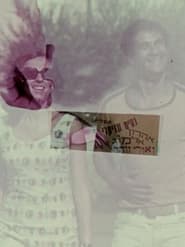 An experimental and absurd avantgarde film...
An experimental and absurd avantgarde film...The Other Side 1968
An experimental and absurd avant-garde film about a bunch of unrelated people, all standing on the side of the road waiting for the traffic light to change from red to green, but the traffic light won't change. More and more people gather on the sidewalk, and a kind of class society is formed there. The film was shot during one day in which Ephraim Kishon lent Uri Zohar the set of "Blaumilch Canal" at Herzliya Studios.
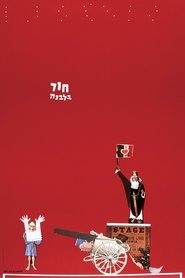 A comic and episodic satire the...
A comic and episodic satire the...Hole in the Moon 1964
A comic and episodic satire, the film uses improvisation to illustrate the clash between fantasy and reality in real life. Although conceived in the style of Mekas’ “Hallelujah the hills” (1962), it’s an authentically Israeli satire, an openly rebellious and individualistic expression that poked fun at the sacred myths of earlier zionist films. The technique of film within the film is used to portray cinema as reflection of the imagination, a miracle based on dreams and fantasies that take on concrete characteristics – parallel to the miracle of Israel, the dream that has become reality. Although not a commercial success, its importance is beyond any measure, though it remains a unique experiment, boldly uncommercial and subversive, out of any context in that patriotic, ideological epoch.
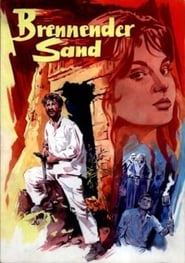 A little group of people in...
A little group of people in...Burning Sands 1960
A little group of people in Israel decides to track down a treasure which, according to the legend, is placed in the city of Petra in the kingdom of Jordan. No man ever survived this treasurehunt "to the other side" (of the Jordan River) before and the adventure ends up with fatal consequences.
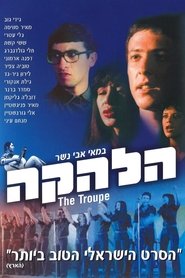 The movie set in the Israeli 1969...
The movie set in the Israeli 1969...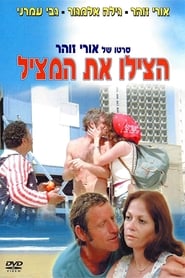 Comedy about day to day life...
Comedy about day to day life... Benny Furman is a basketball headcoach...
Benny Furman is a basketball headcoach... Gote and Eli are two aging...
Gote and Eli are two aging...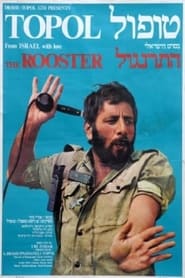
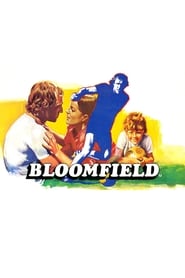 An aging soccer player has a...
An aging soccer player has a...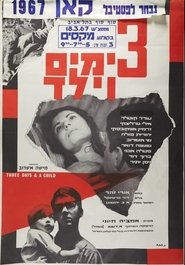 Based on a short story by...
Based on a short story by...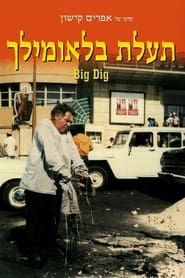 A slapstick comedy lampooning bureaucracy and...
A slapstick comedy lampooning bureaucracy and...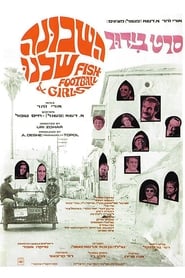 The story of a soccer team...
The story of a soccer team...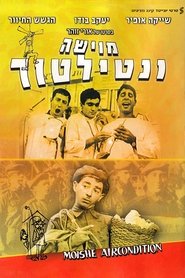 A comedy about Moishe a soldier...
A comedy about Moishe a soldier...